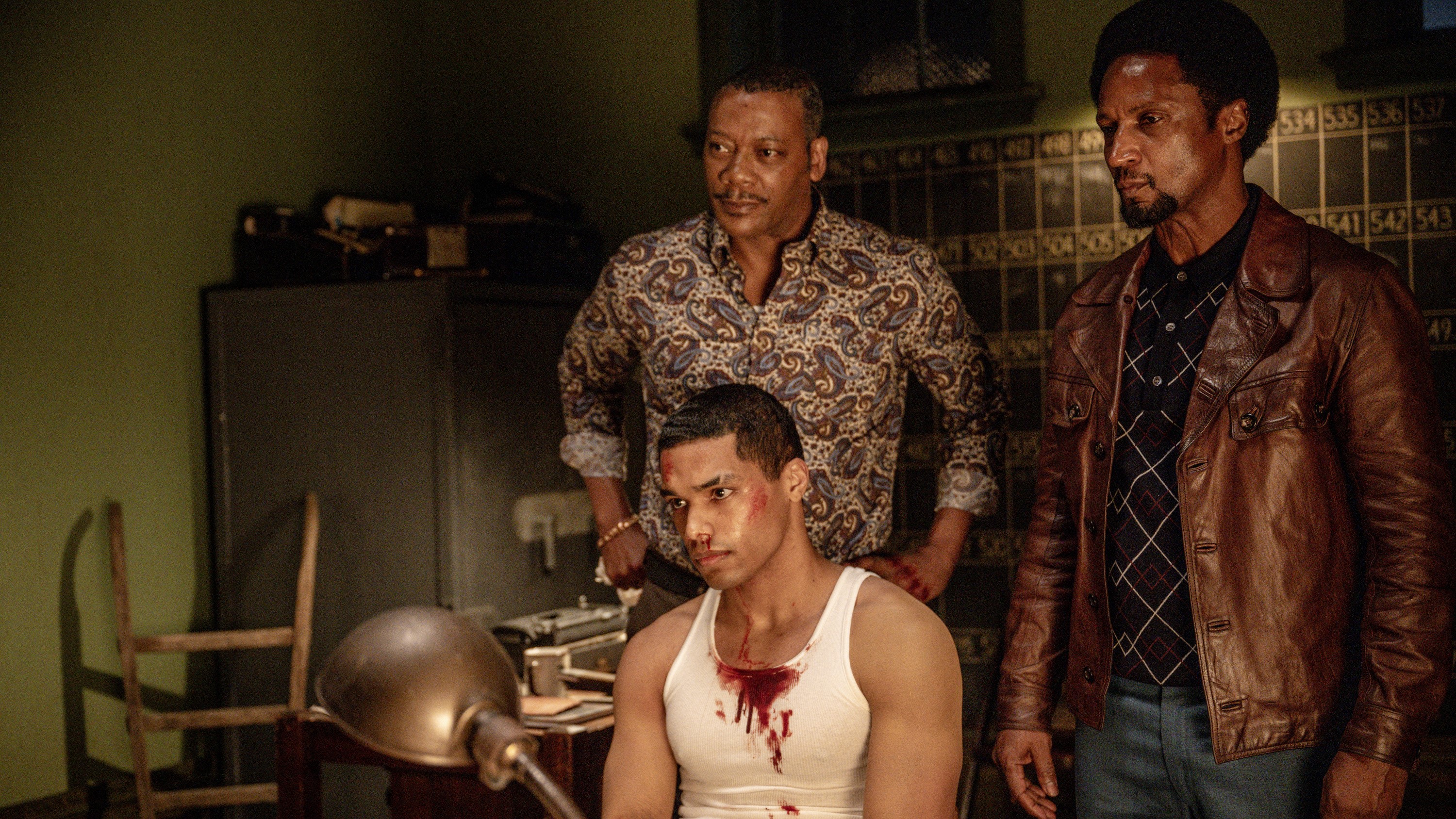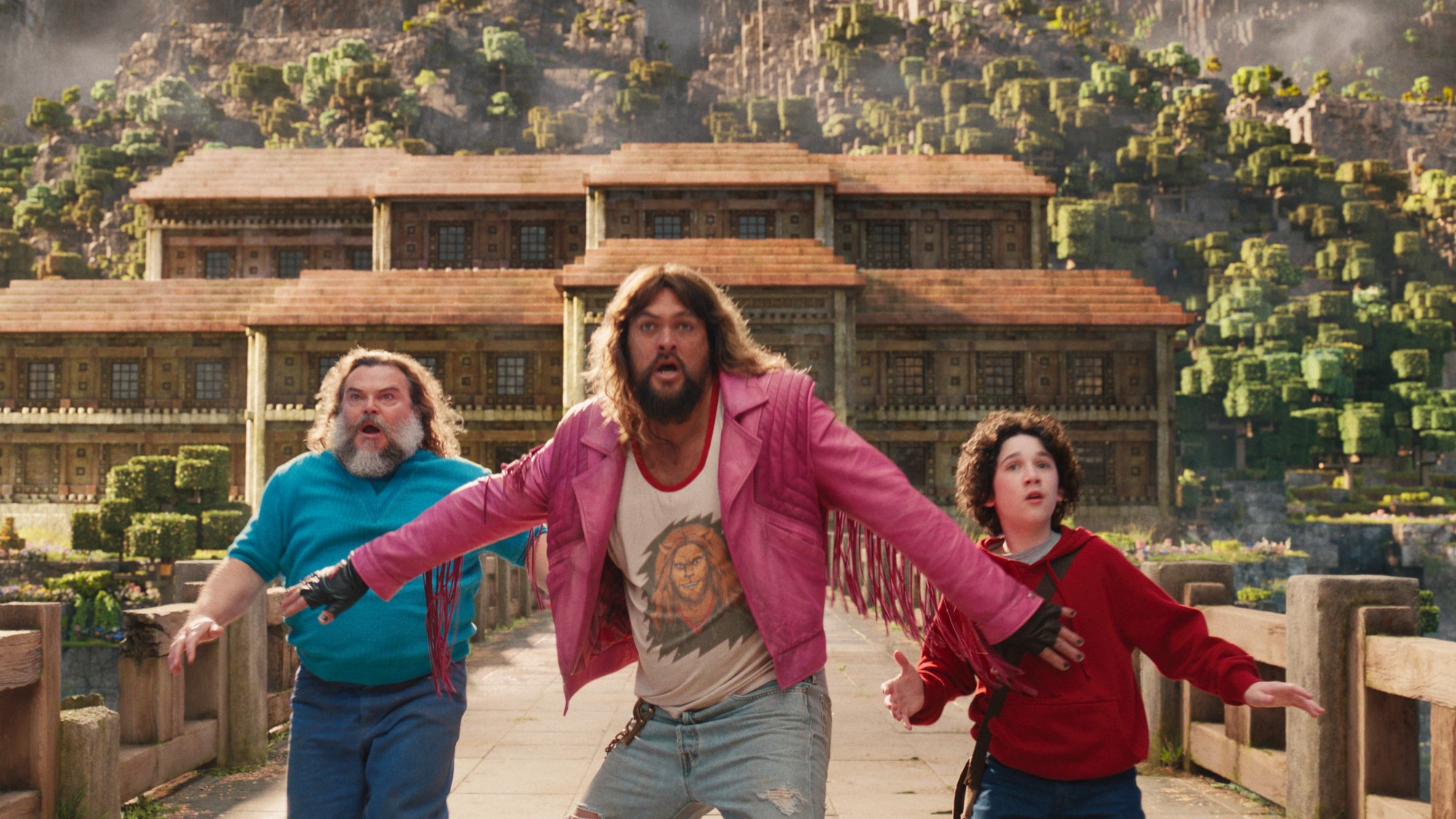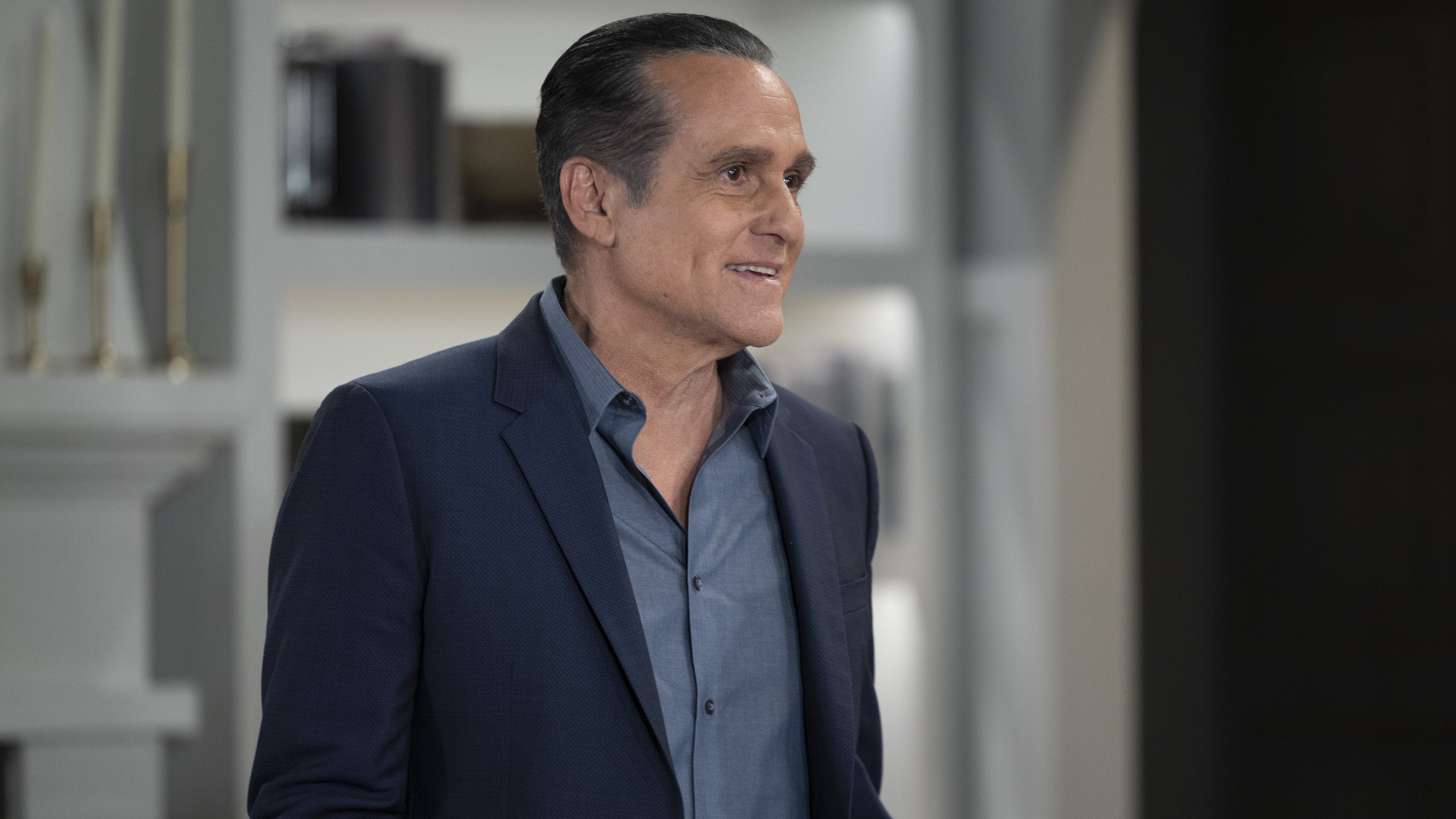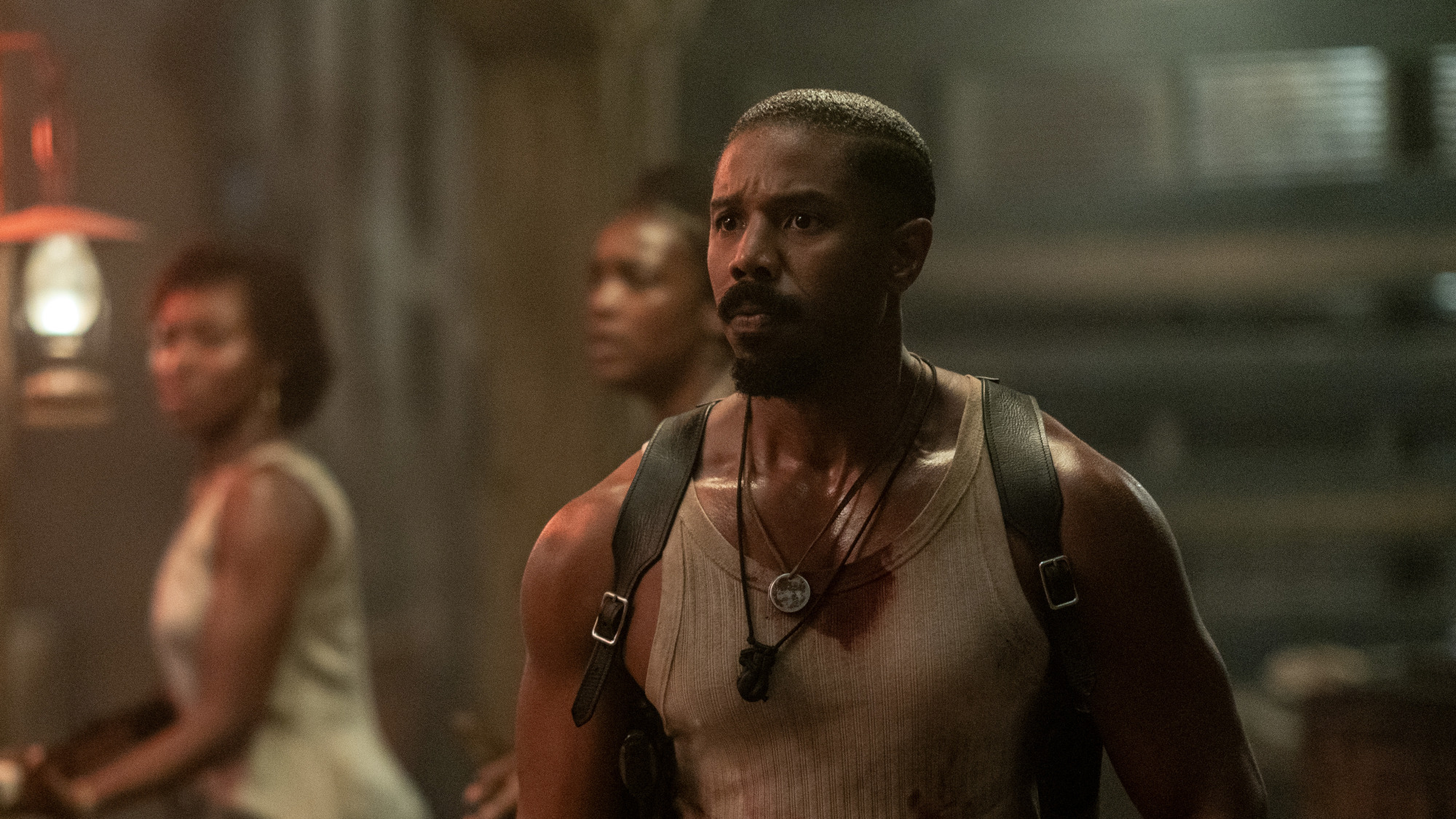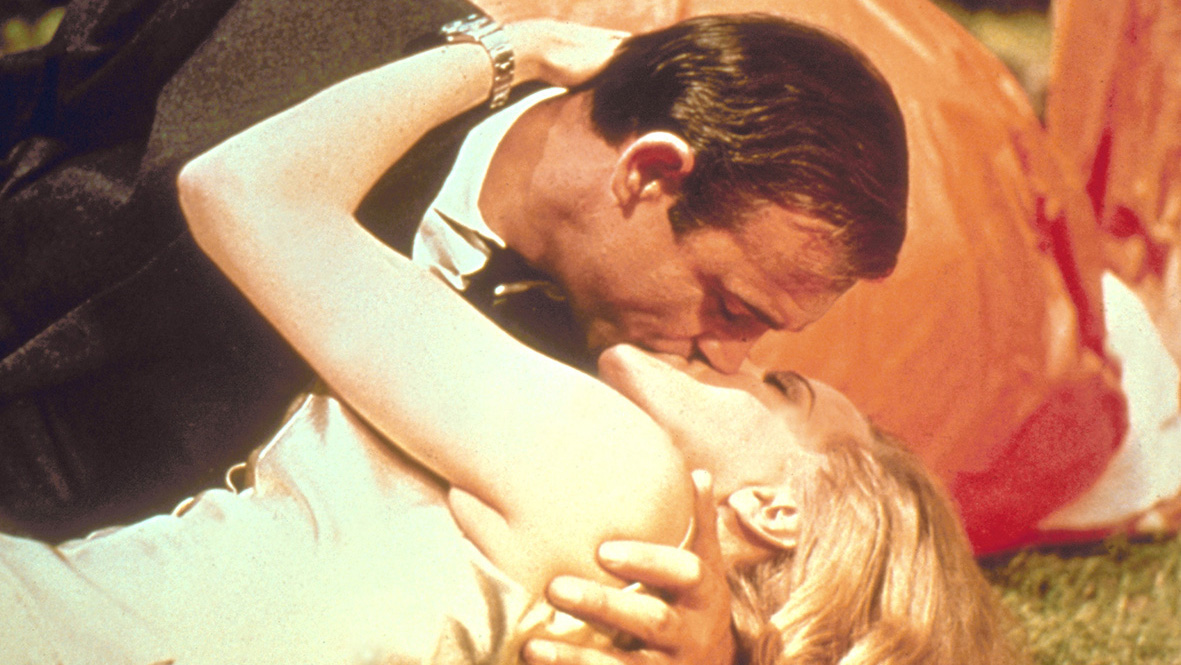How Cinemax’s ‘Warrior’ uses fiction to reinforce fact
'Warrior' is historiography with a dash of martial arts.
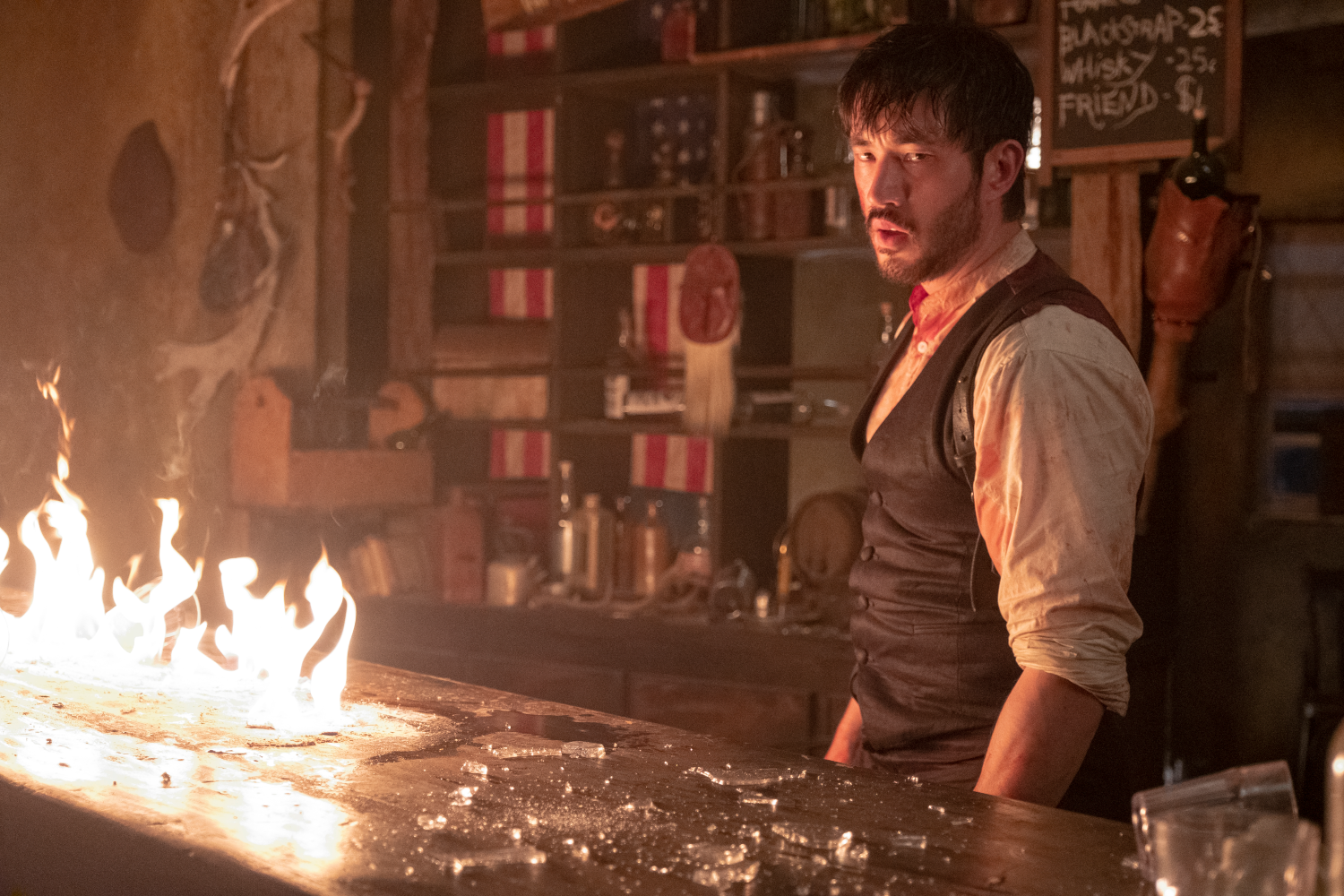
This post contains spoilers for Warrior.
In the era of overwhelming peak television – where every newsletter heralds titles that will be overshadowed by the time the email hits your inbox – it can sometimes take a while for a show to rise above the noise. This is especially true if you’re a show like Cinemax’s Warrior, which has found a new audience after two seasons thanks to its recent addition to HBO Max.
Much like Gangs of London, the Gareth Evans-created series on Amazon Prime, Warrior had seen its fair share of love from the action fans in my community. But it was not until the last few weeks, when cultural critics began to herald Warrior as the best show nobody is watching, that I decided to finally give it a shot. And after six episodes, I find myself thinking one thing: no show has ever weaponized historical fiction to better service historical fact.
Warrior follows the trial and tribulations of Ah Sahm (Andrew Joki), a Chinese immigrant in 1870s San Francisco who finds himself serving as a tong enforcer during a period of domestic unrest. The show is executive produced by Justin Lin (Fast & Furious 9), overseen by Jonathan Tropper (Banshee), and based on the writings of icon Bruce Lee. It features a cast of dynamic martial artists and actors – and performers like Koji and Joe Taslim who bridge both worlds with ease – and, in its finest moments, feels not-unlike a version of Deadwood that has traded profanity for axes.
In a word, it’s entertaining as hell. But beneath its stylish surface is another show, one that is working overtime to reposition Asian American immigrants at the forefront of American immigration. Ah Sahm has come to this country during a period of great upheaval; the country is still struggling in the aftermath of the American Civil War, and many citizens – themselves only a generation or two removed from their own immigration stories – have decided that Chinese immigrants are the cause of our troubles. Even as the tong war unfolds, it does so against a backdrop of xenophobia and violence.
This makes Warrior a fitting case study in American history. In addition to its many obvious struggles, 2020 was also a year where national historiography took center stage. In September, then-president Donald Trump promised to bring the full force of the federal government down on the 1619 Project, the Pulitzer Prize-winning project by the New York Times that recentered American history around the impact of slavery. This was the latest in a long line of attacks on the 1619 Project, many of which attempted to frame perceived historical contradictions as proof that the writing was little more than ideological propaganda.
This pushback against a much-needed reframing of history – one that grapples with the shortcomings of our forefathers directly – cannot mesh with the dominant mode of American mythology. But facts are not the only way to reshape cultural representation. The power of shows like Warrior is their ability to normalize an alternate history, one that centers on people of color. Chinese immigrants are a footnote in many high school textbooks, but in the hands of Asian American creators, a man like Ah Sahm can add an important emotional anchor for historical narratives. These fictions help support facts our country would often sooner forget.
Get the What to Watch Newsletter
The latest updates, reviews and unmissable series to watch and more!
Consider the impact of media on education. Films and television shows - even ones rife with inaccuracies - have always played an important role in the development of historical narratives. In 2017, journalist Beth Daley responded to that year’s crop of Academy Award nominees with a feature about the link between Hollywood and the classroom. In reviewing academic studies, Daley found that historical films “considerably increased factual recall when the film matched historical readings.” The challenge for teachers, Daley noted, was that film could also increase confusion for students when the fiction and the facts seemed misaligned.
Of course, a little confusion isn’t always a bad thing. When narratives of America are predominantly white and Christian, there’s value to be found in media that muddies the water. Warrior seeks to raise awareness of the Chinese Exclusion Act – legislation that first restricted and then outright banned Chinese immigration around the turn of the country – and reposition the prejudices of America beyond the popular portrayals of Irish- or Italian-Americans. Even a film like Martin Scorsese’s Gangs of New York, which carves out historical space for Chinese immigrants in Five Points, still positions them as secondary characters. Here it is there story to tell.
And the success of Warrior upholds two narratives: one the story of American nation-building that focuses primarily on Chinese-American immigrants, the other a behind-the-scenes narrative of Hollywood in the early 21st Century. Decades from now, scholars will seek out interviews with the makers of Warrior and find a group of Asian-American creators and performers determined to correct years of inequality in Hollywood. Warrior comes on the heels of years of conversations about whitewashing and cultural stereotypes, and its production history serves as its own reminder of the damning disparity that exists in our storytelling.
Someday, if it hasn’t happened already, a college professor will use the pilot of Warrior as supplemental material about the rise of Chinese immigrants in the 1800s. And this narrative – historical fiction meant to carve out cultural space for historical truth – will serve as a much-needed emotional counterpart to the core elements of the curriculum. For now, though, the rest of us can sit back and enjoy one of the most entertaining shows of the decade and revel in our historical confusion. So begins our process of unlearning.
Warrior was renewed by HBO for Season 3 April 14th, 2021.
Matthew Monagle is an Austin-based film and culture critic. His work has appeared in a true hodgepodge of regional and national film publications. He is also the editor and co-founder of Certified Forgotten, an independent horror publication.

